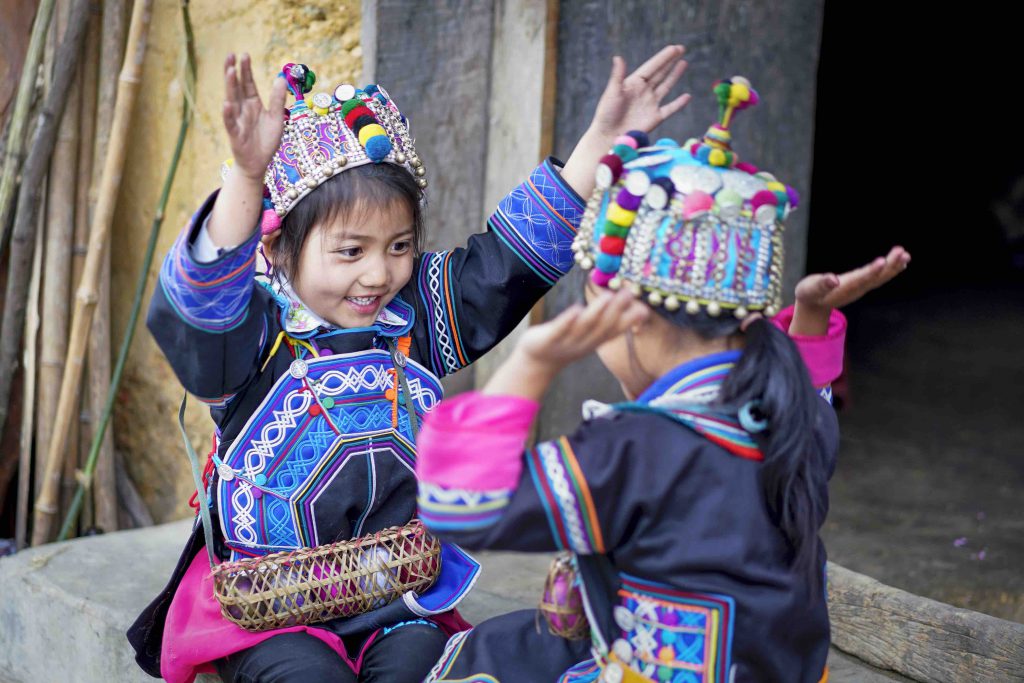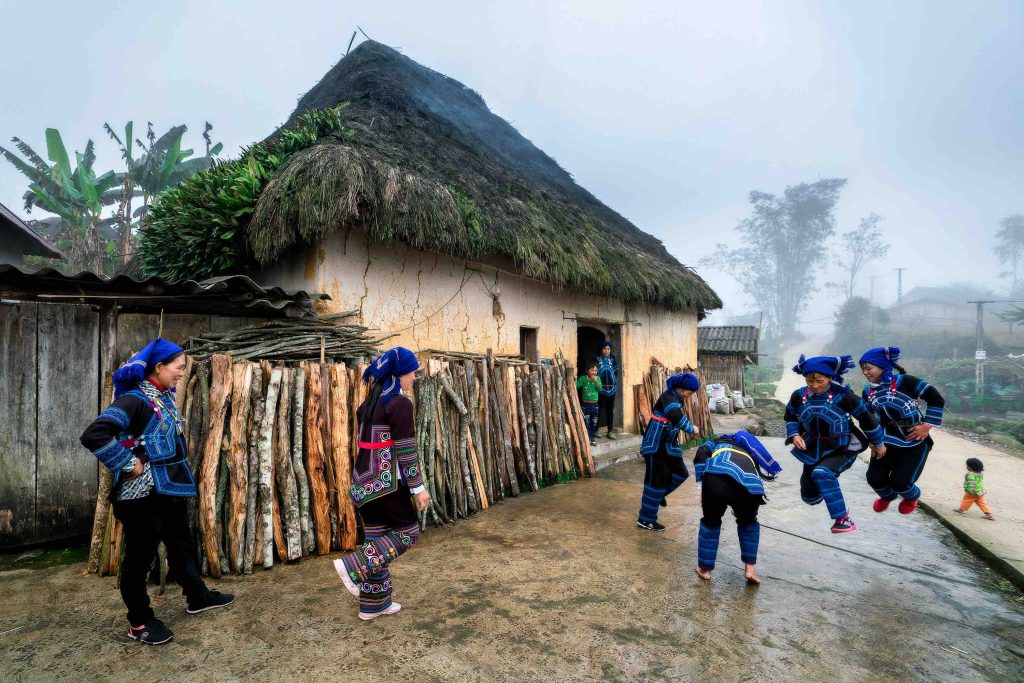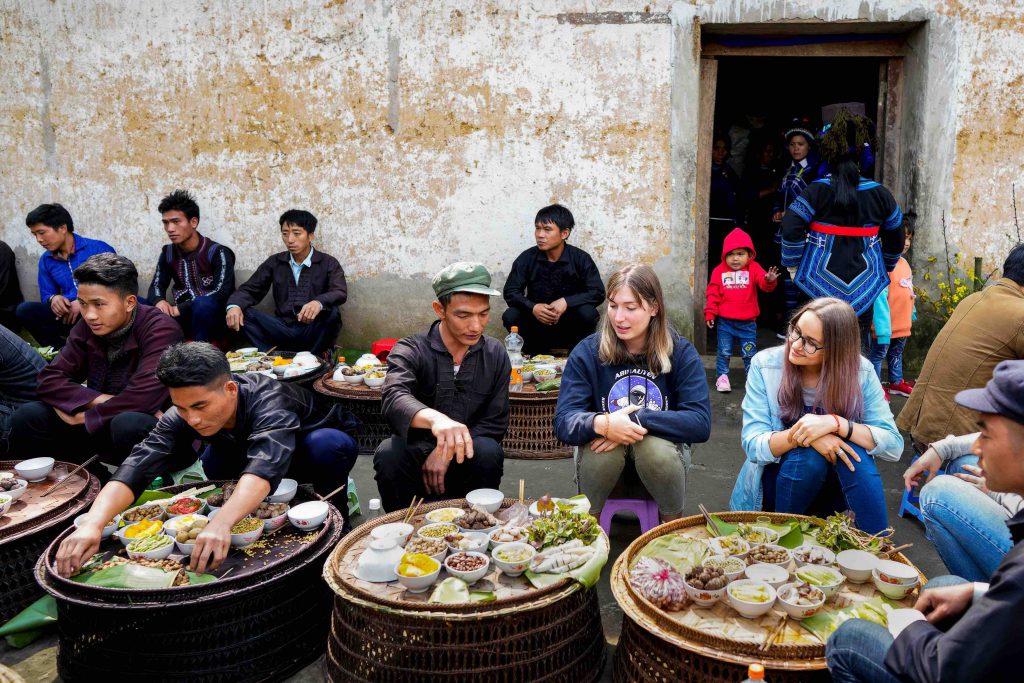Story: Le Anh
Photos: Thanh The Vinh
In Vietnam’s highlands, where clouds and mist linger year-round, the Black Ha Nhi people celebrate spring with traditional festivals rich in humanistic significance. Following the Forest Worship Ceremony, which expresses gratitude to the forest gods for safety, peace, and abundant harvests, Black Ha Nhi people hold Children’s Day. This festival is a time to pray for the health, diligence, and academic success of the village’s children.

Although based in Hanoi, photographer Thanh The Vinh spends a lot of time researching and conducting fieldwork in Vietnam’s northern mountainous provinces. He aims to introduce this culturally and spiritually significant festival to readers of Heritage Magazine through a captivating photo series.
The Forest Worship Ceremony (Ga Ma Do) and Children’s Day (Ga Ma O) are two of the most significant community cultural activities for the Black Ha Nhi as spring arrives. While the Forest Worship Ceremony is held on the first Dragon, Snake, and Horse days of the first lunar month, Children’s Day begins after the final rites of the Forest Worship Ceremony are complete on the Horse day.

Children’s Day consists of two parts: the ritual and the festival. Only married men are allowed to participate in the ritual. The shaman, accompanied by representatives from each family—typically those who have experienced good news, such as a new marriage or a newborn—conducts a ceremony to ask the spirits and ancestors for health, wisdom, and peace.
Offerings to the spirits and ancestors are meticulously prepared, including mountain and forest products and traditional dishes such as pork, chicken, freshwater fish, peanuts, beans, pumpkin, various types of potatoes, wild vegetables, eggs, and cups of wine. Each offering tray is adorned with a branch of peach blossom or a blooming wildflower.
The festival is vibrant. Men gather outdoors, raising their glasses in toasts and enjoying an open-air New Year’s feast. Meanwhile, women and children dine indoors, near the hearth, a central element of Ha Nhi life. Children take turns “greeting the tray,” expressing gratitude to the grandmothers and mothers who have given birth, nurtured, and taught them. This occasion serves as a time for Ha Nhi women to share good wishes for the younger generation and exchange experiences in family care, child-rearing, and farming.

The children, the central figures of Children’s Day, are the happiest participants. Dressed in traditional attire, they excitedly roam the village with baskets of dyed eggs, prepared by their mothers. Traditional games such as tug-of-war, stilt walking, and stick jumping captivate their attention. Among these, stick jumping is indispensable, drawing in local kids and adults, as well as visitors. A long bamboo or rattan stick, about three meters in length, is spun close to the ground in a continuous circle. Players, singly, in pairs, or in groups holding hands, must carefully time their jumps to avoid the stick touching their feet. Anyone touched by the stick loses, ending the round. This lively game always attracts a large crowd of cheering spectators.
Children’s Day is an occasion for the Black Ha Nhi to ask the spirits and ancestors for a peaceful life in their village and to wish the younger generations good health and academic success. This joyful event brings the community together as they welcome spring and share heartfelt sentiments.










